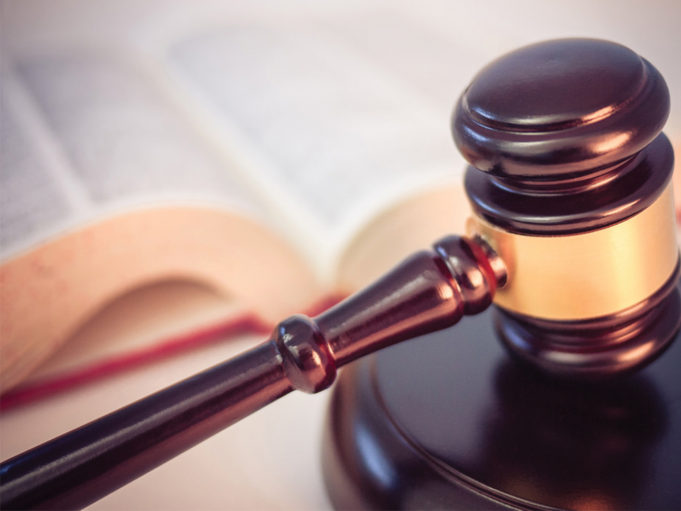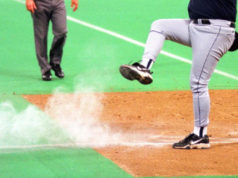Protecting the safety of players is a substantial responsibility of officials. We are charged with enforcing the rules and many of those rules are in place to make the game safe. We might say casually that our job is to “ensure” that the game and its participants are safe; everyone realizes that injuries occur regardless of officials’ diligence in enforcing the playing rules.
Fortunately, courts understand that officials are not responsible for every injury that occurs. For there even to be a question about an official’s liability, the plaintiff must be able to point to something the official did wrong or something that the official should have done. In other words, the official must have committed a negligent act or omission by failing to exercise reasonable care under the circumstances.
Some states go further in protecting officials from liability. Those states say that an official should not be liable unless he acts with gross negligence. NASO has supported that movement, urging states to adopt statutes that would permit liability only upon a showing of recklessness or gross negligence.
There is no clear line separating conduct that is negligent from grossly negligent. Some examples illustrate the difference: In one case, two softball players were injured because the “field” was a cement playground littered with broken glass. The umpires were repeatedly warned about the field’s condition, but they ordered the players to continue with the game. A ball was hit to the outfield, the fielder slipped on the broken glass and collided with a teammate and both players were injured. The court held that the umpires’ conduct could lead to liability. By contrast, in another case, an umpire permits play to continue on a field that is slippery from rain and a player is injured as a result. The official will be far less likely to be held liable, because the decision to continue play in rainy conditions is far less clear-cut than a decision whether to play softball on a concrete surface covered in broken glass.
When injuries are caused by other participants’ violent conduct, officials have even more protection from liability. In such cases, the plaintiff must argue that if the official had made different calls earlier in the game, the injury would not have occurred. But players sometimes act violently regardless of whether officials employ a strict enforcement standard. If officials make decisions to avoid lawsuits, the game will suffer.
Even illegal conduct should often go unpenalized. For example, in hockey, nobody expects referees to penalize every action that meets the rulebook definition of crosschecking or slashing. Courts understand that referees have a familiarity with the cultures of their sport, and accordingly will grant officials leeway in deciding how strictly to enforce the rules.
All in all, courts will presume that officials’ decisions are reasonable attempts to manage their games. Officials have expertise that courts lack concerning the rules and cultures of sports. Courts will accordingly show officials deference before imposing liability. However, when officials go beyond their discretion, they may be found liable.
What's Your Call? Leave a Comment:
Note: This article is archival in nature. Rules, interpretations, mechanics, philosophies and other information may or may not be correct for the current year.
This article is the copyright of ©Referee Enterprises, Inc., and may not be republished in whole or in part online, in print or in any capacity without expressed written permission from Referee. The article is made available for educational use by individuals.

















